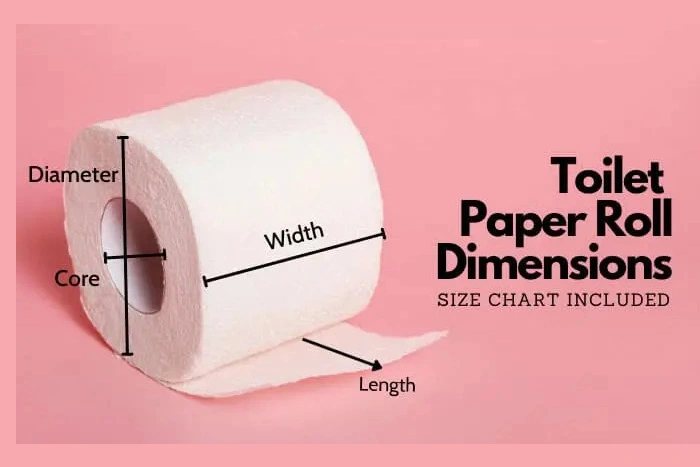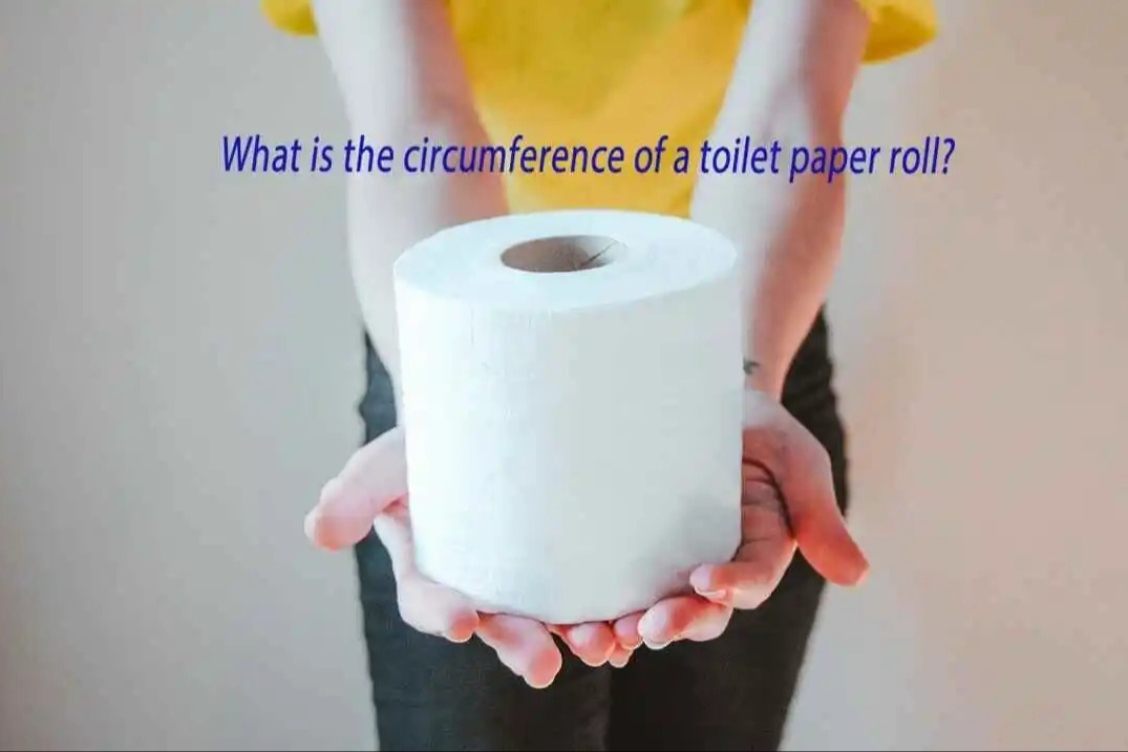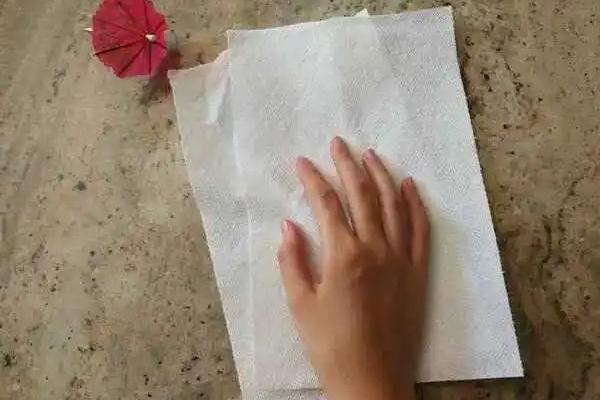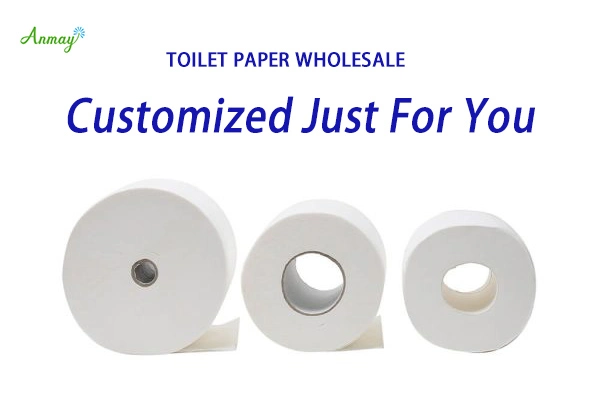In the quest for a more sustainable lifestyle, every choice matters. Even the seemingly small decision of what type of toilet paper to use.
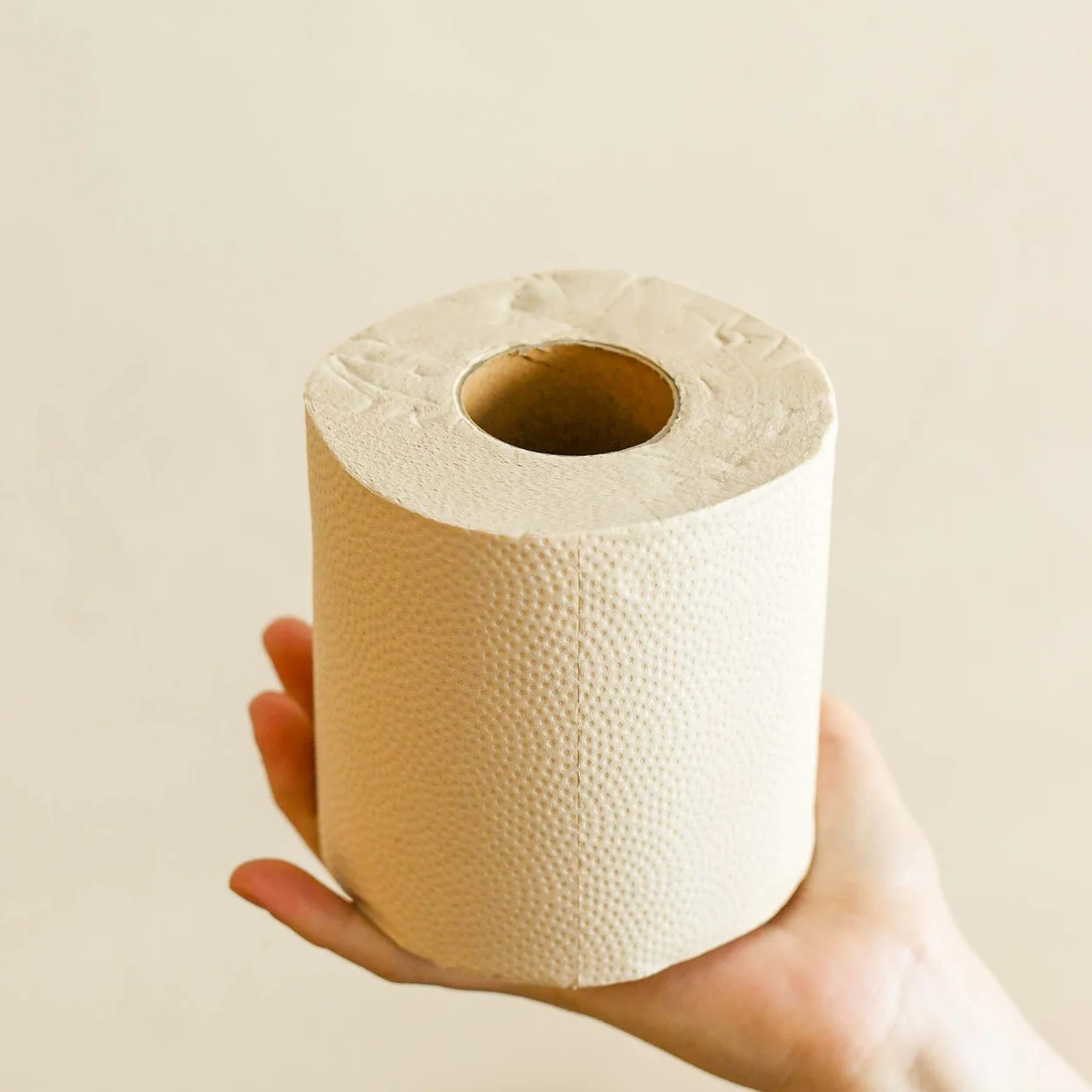
Unbleached toilet paper is an eco-friendly alternative to traditional toilet paper. It’s made without the use of harmful chemicals, making it a healthier choice for both you and the environment.
But what exactly is unbleached toilet paper? How does it compare to the regular, bleached toilet paper we’re all familiar with? And why should you consider making the switch?
In this article, we’ll delve into these questions. We’ll explore the benefits of unbleached toilet paper, the process of making it, and how it stacks up against traditional options.
Whether you’re an eco-conscious consumer or just curious about sustainable living, this guide will provide you with valuable insights. Let’s embark on this journey towards a more sustainable bathroom routine.
What is Unbleached Toilet Paper?
Unbleached toilet paper is exactly what its name suggests. It’s toilet paper that hasn’t been bleached. Unlike traditional toilet paper, it doesn’t undergo a bleaching process to achieve a bright white color.
Instead, unbleached toilet paper retains its natural color, usually a light brown or beige. This is because it’s made from pulp that hasn’t been exposed to chemicals like chlorine. The result is a product that’s just as effective, but much kinder to our planet.
The Environmental Impact of Toilet Paper Production
Toilet paper production has a significant environmental impact. It involves cutting down trees, using large amounts of water, and releasing harmful chemicals into the environment. The process also contributes to deforestation and loss of biodiversity.
Here are some key facts about the environmental impact of toilet paper production:
- It takes about 37 gallons of water to make a single roll of toilet paper.
- The production of one ton of virgin toilet paper requires 17 trees and 20,000 gallons of water.
- Bleaching toilet paper releases harmful chemicals like dioxins and furans into the environment.
Switching to unbleached toilet paper can help reduce these environmental impacts. It’s a small change that can make a big difference.
Unbleached vs. Bleached Toilet Paper: Understanding the Difference
Unbleached toilet paper is different from the standard bleached toilet paper that most of us are familiar with. The primary difference lies in the manufacturing process. Unbleached toilet paper skips the bleaching stage, which is where harmful chemicals like chlorine are typically used.
This absence of bleaching not only makes unbleached toilet paper more environmentally friendly, but it also results in a product that is free from potentially harmful chemical residues. This can be particularly beneficial for those with sensitive skin or allergies.
The Benefits of Using Unbleached Toilet Paper
Unbleached toilet paper offers several benefits over its bleached counterpart. For starters, it’s a more eco-friendly option. The production process of unbleached toilet paper uses fewer chemicals, which means less pollution is released into our waterways and air.
In addition to being better for the environment, unbleached toilet paper can also be better for your health. Here are a few reasons why:
- Fewer Chemicals: Unbleached toilet paper is free from chlorine and other harsh chemicals used in the bleaching process. This can reduce your exposure to these potentially harmful substances.
- Hypoallergenic: Without the chemical residues, unbleached toilet paper is often less irritating to the skin. This can be particularly beneficial for those with sensitive skin or allergies.
- Biodegradable: Unbleached toilet paper is typically more biodegradable than bleached varieties. This means it breaks down more quickly and easily in the environment.
Lastly, choosing unbleached toilet paper can also be a statement of your values. By opting for a more sustainable product, you’re showing that you care about the health of our planet and are willing to make choices that reflect this.
Bamboo as a Sustainable Source for Unbleached Toilet Paper
Bamboo is a highly sustainable resource that’s increasingly being used to produce unbleached toilet paper. This fast-growing plant can be harvested in as little as three to five years, making it a more renewable option than trees, which can take decades to mature.
Moreover, bamboo requires less water and fewer pesticides to grow compared to traditional tree crops. This makes bamboo-based unbleached toilet paper a more eco-friendly choice, helping to reduce the environmental impact of our bathroom habits.
Health and Hygiene: The Advantages of Going Unbleached
Switching to unbleached toilet paper isn’t just good for the planet, it’s also beneficial for your health. Traditional toilet paper is often bleached with chlorine, a process that can leave behind dioxins and other harmful chemicals. These substances can cause irritation and allergic reactions in some people, especially those with sensitive skin.
Unbleached toilet paper, on the other hand, is free from these harsh chemicals. This makes it a gentler, safer choice for your skin. Plus, unbleached toilet paper is often made from natural materials like bamboo, which can be softer and more comfortable than traditional options.
Cost and Quality Comparison: Is Unbleached Toilet Paper Worth It?
When it comes to cost, unbleached toilet paper can be slightly more expensive than its bleached counterpart. This is due to the sustainable practices used in its production. However, when you consider the environmental and health benefits, many believe the extra cost is worth it.
In terms of quality, unbleached toilet paper doesn’t compromise. It offers the same, if not better, softness and strength as traditional toilet paper. Plus, it’s often available in multi-ply versions for those who prefer a thicker feel. So, you’re not just paying for eco-friendliness, but also for comfort and quality.
How to Choose the Right Unbleached Toilet Paper
Choosing the right unbleached toilet paper involves considering several factors. Here’s a quick guide to help you make an informed decision:
- Material: Look for toilet paper made from sustainable sources like bamboo or recycled paper.
- Ply Count: Choose a ply count that suits your comfort level. Remember, higher ply means more softness and strength.
- Certifications: Check for eco-certifications like Rainforest Alliance to ensure the product is genuinely sustainable.
- Price: Compare prices across brands and consider buying in bulk for better value.
- Reviews: Read customer reviews to get a sense of the product’s quality and performance.
Incorporating Unbleached Toilet Paper into an Eco-Friendly Lifestyle
Switching to unbleached toilet paper is a simple step towards a more eco-friendly lifestyle. It’s a change that can significantly reduce your household’s environmental impact.
Remember, it’s not just about the toilet paper. Consider other sustainable swaps in your bathroom, like bamboo toothbrushes or biodegradable soaps. Every small change adds up to make a big difference.
The Future of Toilet Paper: Trends and Innovations
The future of toilet paper is looking greener. With innovations in sustainable materials and production methods, we can expect to see more eco-friendly options on the market. Unbleached toilet paper is just the beginning of this exciting shift towards sustainability.
Conclusion: Making the Switch to Unbleached Toilet Paper
Making the switch to unbleached toilet paper is a small but significant step towards a more sustainable lifestyle. It’s a choice that benefits not only our health but also the environment. So next time you’re shopping, consider reaching for the unbleached option. Your planet will thank you.

